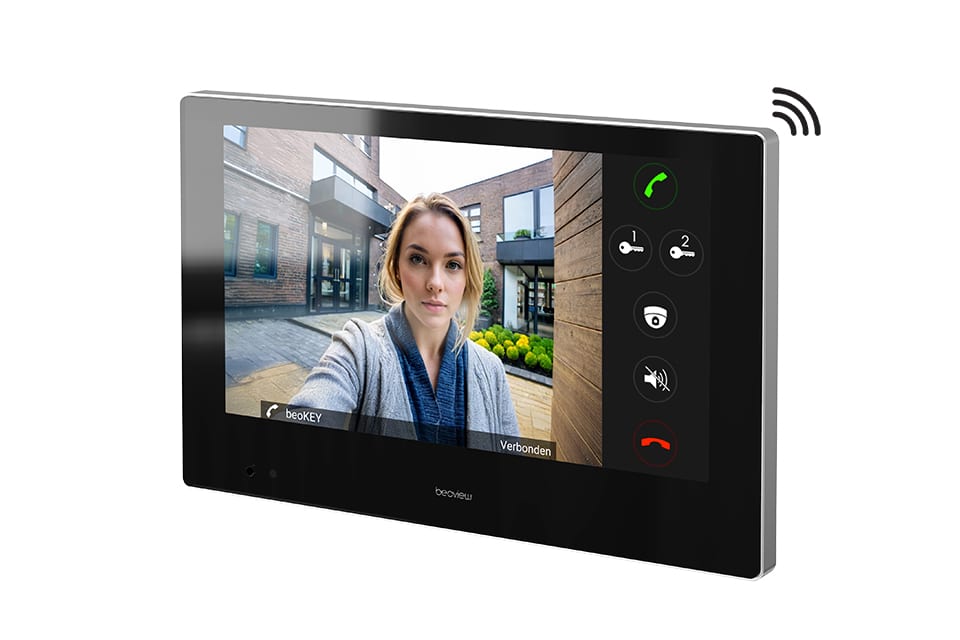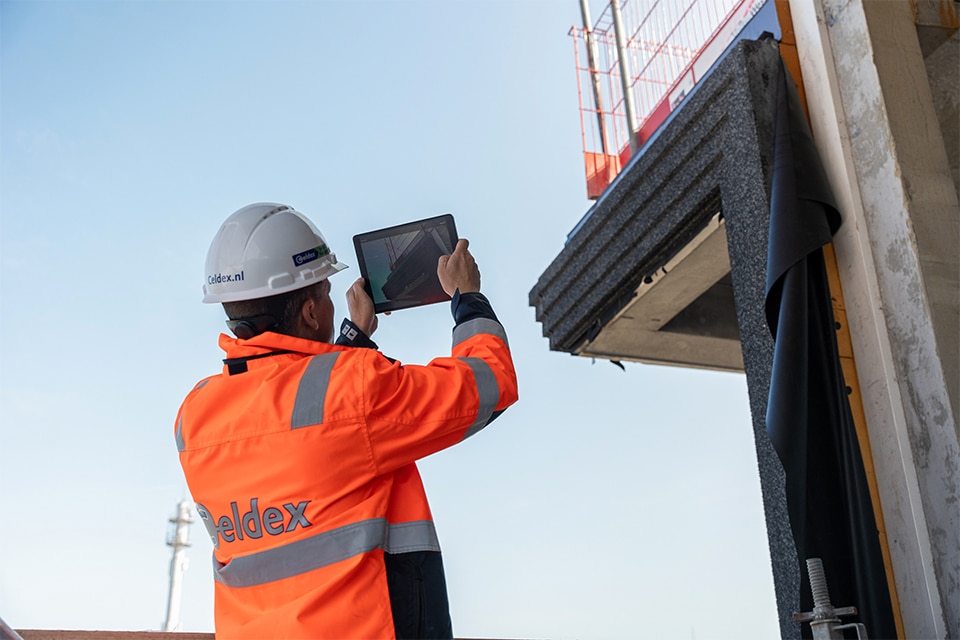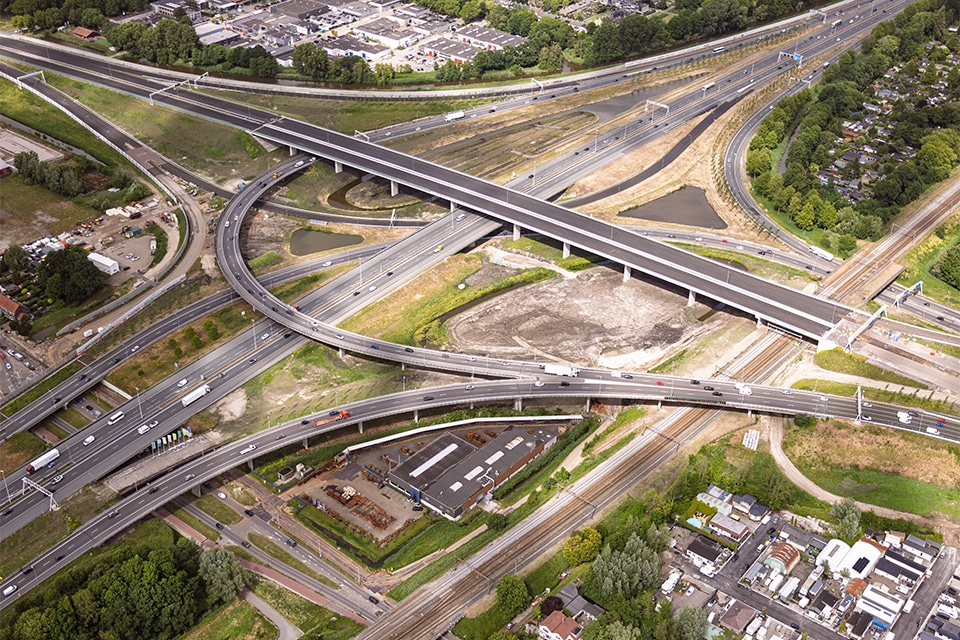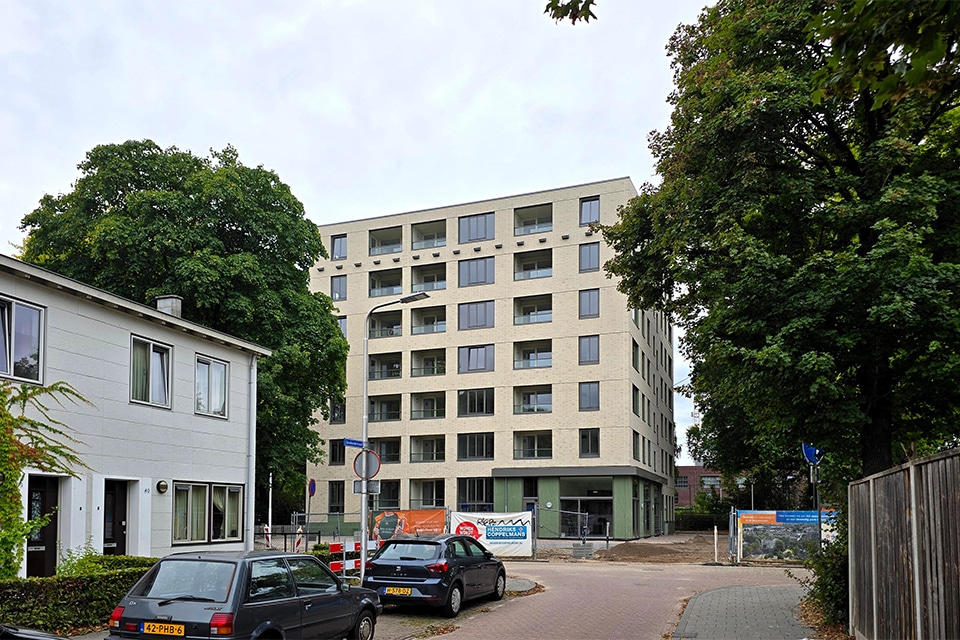
Tropical residential neighborhood in Amsterdam
Last summer, developer and builder ERA Contour delivered the 126 homes of Amsterdam's new residential neighborhood "Mi Oso. Thanks to the design by Geurst & Schulze architects, this new construction project has a tropical look with white facades, orange roofs, green shutters and verandas.
In the new housing estate Mi Oso, in the so-called K-neighborhood in Amsterdam-Zuidoost, the houses are arranged in a Surinamese style around a green courtyard. With that, the name, Surinamese for "My house," matches the architecture. "Together with Geurst & Schulze architects, we chose this style because of the cultural background of the largest population group in this district," says ERA Contour project developer Arjan de Groot. "In addition, we emphasized collectivity and encounters, including a communal inner garden and with verandas on the outside."
Besides the porches, the orange roofs, green shutters and white bricks, in particular, create the tropical atmosphere. "In Suriname, houses have the same look," De Groot knows. "White and green are common in Surinamese housing construction. However, there they use wooden planks instead of bricks. Partly because of the maintenance aspect, we preferred to use bricks here. In order to still add that Surinamese atmosphere to the houses, Geurst & Schulze architects opted for so-called shadow joints. A good solution, because this makes it seem as if the houses have planks after all. That gives the whole thing a warm, southern atmosphere."

Support from municipality
Despite the long lead time caused by the financial crisis in 2008, the concept with its tropical architecture and encounters has never been in question, De Groot points out. "All in all, we worked on this place for 12 years. For us, it was always important to keep the concept intact, and the nice thing about that was that the City of Amsterdam also had this understanding. The will to make it happen was always there with everyone involved. For example, the municipality reinforced the plan by making the public area 'rainproof' with wadis, water buffers and plant species that fit well with the concept."
The development gained momentum when housing corporation Eigen Haard joined in 2017. "We had thought that 84 apartments of the 126 houses would be put on the market in the form of social rent. Thanks in part to these apartments, we got the diversity of residents we wanted. We understand that residents from the former K-neighborhood, many of whom are from Suriname, are proud to live here. That is really nice to hear, because it shows that we have struck the right chord with our concept."
Veranda as an extension
This concept has ensured that desired encounters have also come about. "The homes and surroundings fit together perfectly. It is wonderful to see how the residents have used their continuous verandas recently: as an extension of their homes. It really gives the coziness we were looking for here."
Thematic architecture
Mi Oso is ERA Contour's third thematic new construction project. In 2009, ERA Contour built Le Medi, a new construction project with a Mediterranean style in Delfshaven in Rotterdam. Geurst & Schulze architects were also involved in this. The second thematic project was De Oriënt, a project with references to oriental architecture in which it collaborated with WAM architects. This new construction project was developed in 2011 in the Transvaal neighborhood in The Hague.

Project info
Heating 42 homes and 84 apartments thanks to heat grid
The 42 ground-level owner-occupied homes and 84 social rental apartments in the new Mi Oso neighborhood in Amsterdam are connected to a heat network provided by energy supplier Vattenfall. Commissioned by ERA Contour, Mampaey Installatietechniek provided the heating installation for all homes.
Thanks to the connection to the heat grid, the homes no longer need a gas connection. All homes are equipped with a delivery system, which provides heating and hot tap water. The ground-level homes have underfloor heating on the first floor; on the upper floors, radiators provide the desired heating. All apartments have full underfloor heating.
"The combination of ground-level houses and apartments made this project varied, both in preparation and during execution," believes project manager Patrick Klop of the installation company. Mampaey performed work from mid-September 2019 through mid-June 2020.



